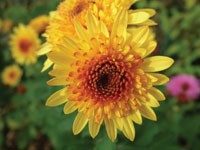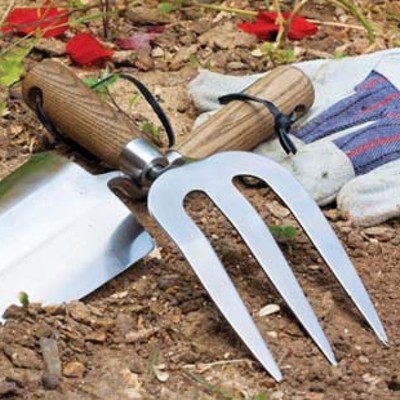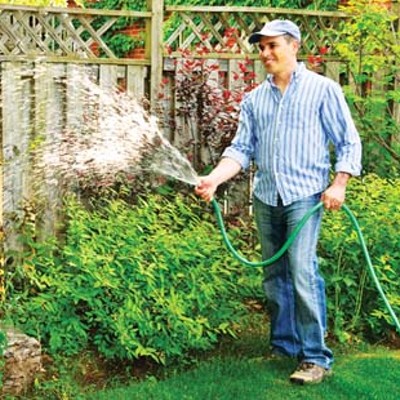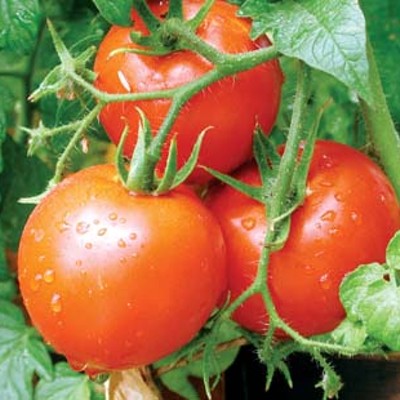Fall provides a great opportunity to review garden performance and plan for next season.
“After the long, hot days of summer, the cool crisp days of fall are always welcome. Many perennial gardens reach their glory in the summer and then slowly fade away,” says Barbara Bates, a horticulture educator with the University of Illinois Extension. “Fall is a good time to review garden successes and shortcomings and plan and prepare for next year by dividing and transplanting perennials, and adding bulbs and chrysanthemums.
“If you have planned correctly, your garden displayed continuous color throughout the growing season. If your garden missed this mark, you still have the fall to rearrange, re-think, and improve it.”
Bates notes that fall is a good time to transplant and divide perennials because the cooler days with less intense sunlight reduce stress on plants, while the warm soils promote root growth.
“Schedule this task for early to mid-September to give the plants ample opportunity to establish new roots for anchoring and preventing frost heaving,” she says. “When planting, it is as important to focus on the growth occurring below ground as it is on the growth above ground.”
All types of perennials can be divided or transplanted in the fall, but focusing on those that bloom in the spring is best, she adds.
When transplanting, it is important to remember that the rearrangement of plants in the garden should have a plan behind it.
“This plan might include coordinating bloom times or colors, creating texture schemes, contrasting heights, or moving plants to a more favorable situation regarding light or water,” she says. “Nurseries usually have perennials and shrubs on sale in the fall. For a reasonable price, you can fill in those missing elements or consider adding something new to your garden just for fun.”
She recommends using a rounded shovel or spading fork to transplant perennials. Dig around the entire plant outside the root zone. Lift the plants out of the soil, retaining as much of the root system as possible. Keep the plants in a cool, shaded area, with the roots covered if you are not ready to re-plant right way. Plants can be left out on the ground for several days as long as the roots do not dry out.
“Once the plant is lifted from the ground, divide it using a sharp shovel or knife,” Bates says. “Make a clean cut in the center of the clump. Larger clumps can be subdivided as long as each division has two to five growing points and ample roots to support the foliage.”
When planting, dig new holes larger than the root clump. Backfill with the original soil so that the crown of the plant is at soil level. Gently tamp the soil after backfilling, just enough to set the plant.
“Tightly packing the soil around the roots is not beneficial because it removes the pore spaces,” she says. “Pore spaces are very important in the soil because they allow for oxygen to reach the growing points on the roots. Oxygen in the soil is absolutely essential for good root growth. The more roots there are the more water the roots can take up from the soil.”
Bates says the soil should be kept moist until the transplants are well established. Applying a layer of organic mulch such as chopped leaves can help hold soil moisture and heat.
“Mulching is an important step in winterizing your entire perennial garden,” Bates says. Use organic mulch: chopped leaves, wood chips, or partially-decomposed plant material that is left on the soil surface. To avoid crown rot, don’t bury the tops of perennials under mulch, and apply the mulch after there have been several hard frosts and the plants are completely dormant.
For more information about the University of Illinois Extension’s Sangamon-Menard unit, go to www.extension.uiuc.edu/Sangamon.





















